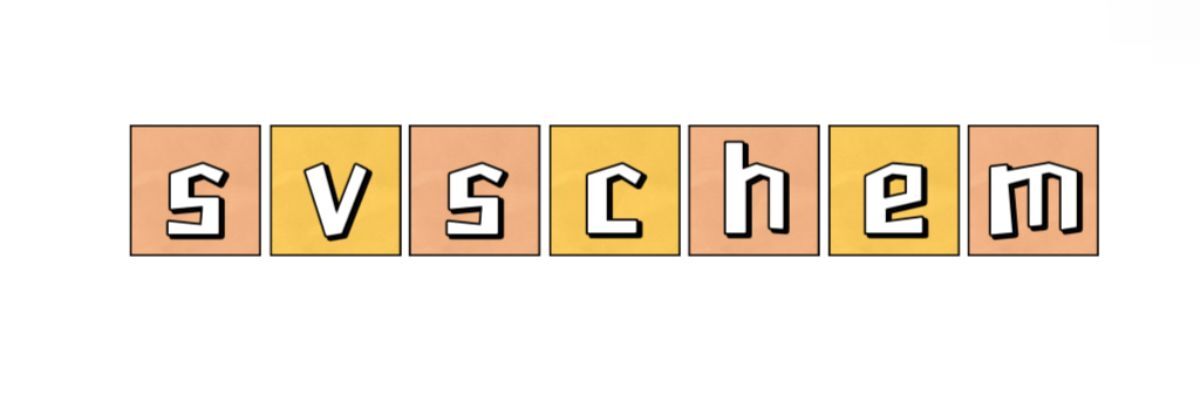How to Choose the Best Artificial Turf Backings?
When it comes to selecting the best artificial turf backings, several crucial factors can impact your decision. Artificial turf backing serves not just as a foundation for the grass; it also affects durability, drainage, and overall performance. This article will delve into the essential characteristics you should consider when choosing artificial turf backings, ensuring you make an informed choice for your landscape.
1. Material Composition
The type of material used in artificial turf backing plays a significant role in its quality and performance. Generally, there are two primary materials used in turf backings: polyurethane and latex.
- Polyurethane Backings: Known for their resilience and durability, polyurethane backings tend to be more rigid, providing strong support for the grass fibers. They can withstand extreme weather conditions and are resistant to ultraviolet rays, making them ideal for areas with harsh sunlight.
- Latex Backings: On the other hand, latex backings are more flexible and softer, offering a more cushioned feel underfoot. While they may not be as resilient as polyurethane, they often perform better in drainage, making them suitable for regions with higher rainfall.
Take into account the climate of your region when choosing between these materials, as it can directly influence the longevity and performance of the turf.
2. Drainage Capabilities
One of the most crucial features to look for in artificial turf backing is its ability to manage drainage effectively. Proper drainage is essential to prevent water pooling, which can lead to turf damage and the growth of mold or mildew.
Many high-quality artificial turf products come with perforated backings designed for optimal drainage. This innovative design allows water to flow through the turf quickly, promoting a dry, safe environment for sports and recreational activities.
3. Infill Compatibility
When selecting your turf, consider the type of infill that will complement your backing material. Infill materials such as crumb rubber or sand enhance the turf's performance and stability. Some backings work better with specific infills, so it’s vital to consult with manufacturers or experts to ensure compatibility.
4. Weight and Thickness
The weight and thickness of the backing are also significant factors. Heavier backings tend to provide increased stability and resistance against weather elements. However, they also play a role in the installation process. Thicker backings may require more effort and time for installation, and they can alter the overall feel of the turf.
Evaluate your maintenance capability as well. Thicker backings are typically more durable but can be heavier to handle during installation.
5. Environmental Considerations
As sustainability becomes a more prevalent global concern, many manufacturers are now offering eco-friendly turf backings. These backings are designed with recyclable materials, reducing environmental impact while maintaining performance quality.
Before making a decision, inquire about the environmental footprint of the turf backing you are considering.
6. Cost vs. Quality
Finally, consider the balance between cost and quality. While you may be tempted to choose a cheaper option, remember that investing in a high-quality turf backing can lead to long-term savings. Cheaper materials may not last as long or perform as well, leading to potential replacements and repairs down the line.
Conclusion
In conclusion, choosing the best artificial turf backings involves understanding several key factors, including material composition, drainage capabilities, infill compatibility, weight and thickness, environmental considerations, and the balance between cost and quality. By carefully evaluating these elements, you can ensure that you make a well-informed decision that meets your specific needs and preferences. Whether you're updating your backyard or installing turf in a commercial space, the right backing can make all the difference in performance and longevity.
Want more information on Artificial Turf Backings, nbr latex for gloves, Artificial Turf Backings Compared; Latex or Polyurethane, which is better?? Feel free to contact us.


